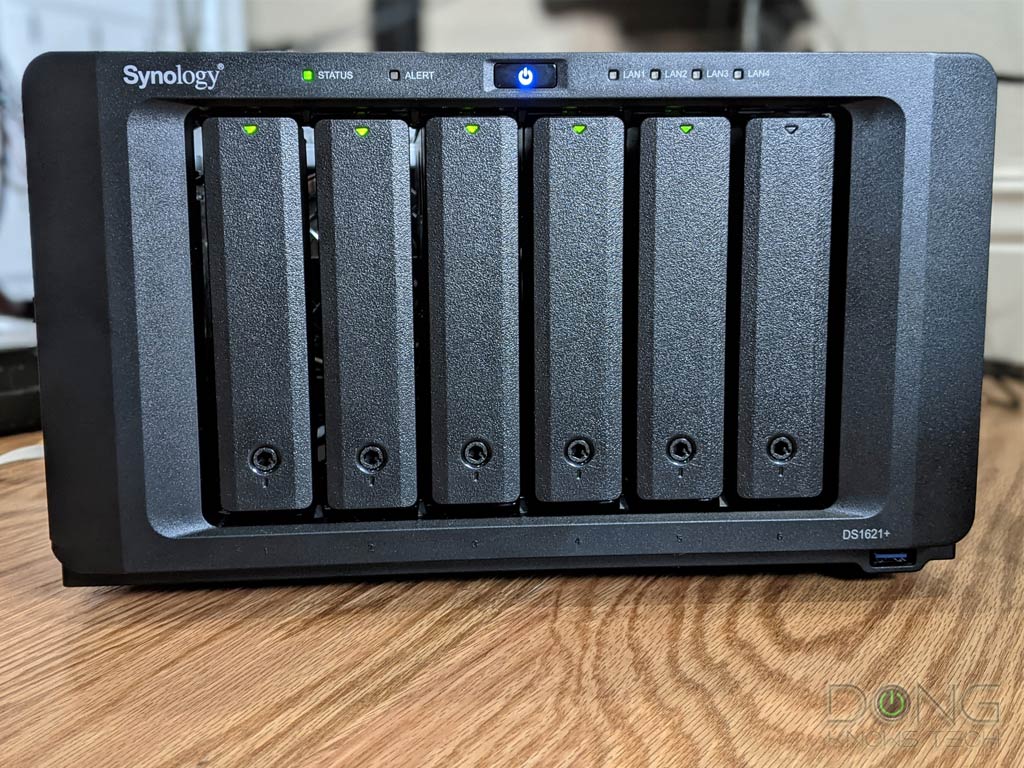
I know it’s a cutthroat market, and that’s only the price of a hipster cup of coffee, but seriously?ĭiskStation Manager will read drives formatted HFS+, and it can read and write NTFS-formatted drives. Nearly every other computing device in existence can read exFAT, but you’ll need to cough up $4 to have a Synology NAS box support it.
SYNOLOGY CAMERA LICENSE IMMEDIATE DELIVERY PORTABLE
One thing that I do find a bit perturbing, however, is Synology charging extra to support exFAT, the file system that almost every new portable drive comes formatted in. The desktop in a browser was once a rarity, but many NAS boxes offer this type of interface these days, although not all are as elegant or as feature-filled as Synology’s. You can try DSM-Synology’s NAS box operating system-online at this link. The desktop in a browser from DiskStation Manager 6. If you can’t find the box’s IP address, Synology provides a utility that can. You’ll be presented with a screen much like what you see below. If your router assigns your DS419slim an IP address of 192.168.1.150, for example, you’ll simply type that address into your web browser’s address bar and log on.

If you haven’t experienced a modern NAS box, configuring and using one is just like using a computer, except that the box’s desktop appears in a browser window. Calling it the DS419 short would be more appropriate, but less marketable. It’s about the width of a standard 2-bay NAS box designed for 3.5-inch drives, but it’s about half that height. The DS419slim is only slim in the vertical dimension.

If you’re not, the small amount the DS419slim emits should remain below background levels if you place it out of the way.

I live in a city and am used to white noise. You can adjust the speed of the fan, but you can’t turn it off entirely, and it’s not one of the quieter fans I’ve experienced. Said fan is located on the bottom of the unit and draws in fresh air to circulate out through vents on the top of the unit, as well as the gaps between the drive trays, which are not covered by a door or the like. Low power means less heat, and again, a lower system fan speed. The CPU that performs the magic is a low-power, 5TDP, 1.33GHz Marvell Armada 385 88F6820 dual-core, supported by 512MB of DDR3 memory. Hopefully, you’re not intending to use it outside. Without drives, it might blow away in the wind. The DS419slim is rendered in black plastic, and it has enough heft with drives installed (my test unit arrived with two 512GB Seagate IronWolf NAS SSDs installed) to stay where you put it. The friction of the SATA connections, as well as between the trays and the slots, keeps the drives inside the DS419slim in place. The power button and status light are found on the side of the front faceplate. There’s another USB 3.0 port on the front for quick copying, as well as status lights for the Ethernet ports and drives. There are four non-locking 2.5-inch trays (friction holds them in place) that slide out the back, as well as a pair of gigabit Ethernet ports and a USB 3.0 port alongside them.

The DS419slim measures approximately 5.5 inches deep, 4 inches wide, and 4.6 inches high, including its feet. And Synology’s box streams 4K UHD video with aplomb. The DS419slim is perfect for SATA SSDs (solid-state drives), which are nearly noiseless and generate less heat than mechanical hard drives.īeing equipped with a cooling fan, Synology’s DS419slim isn’t as quiet as QNAP’s fan-less SilentNAS series, but it’s also likely to keep your drives healthy longer. Synology’s 4-bay DS419slim, being built for 2.5-inch drives, is significantly less bulky than the average NAS box designed to accommodate 3.5-inch drives. Small is good when it comes to NAS boxes designed to serve up audio and video over a home network.


 0 kommentar(er)
0 kommentar(er)
